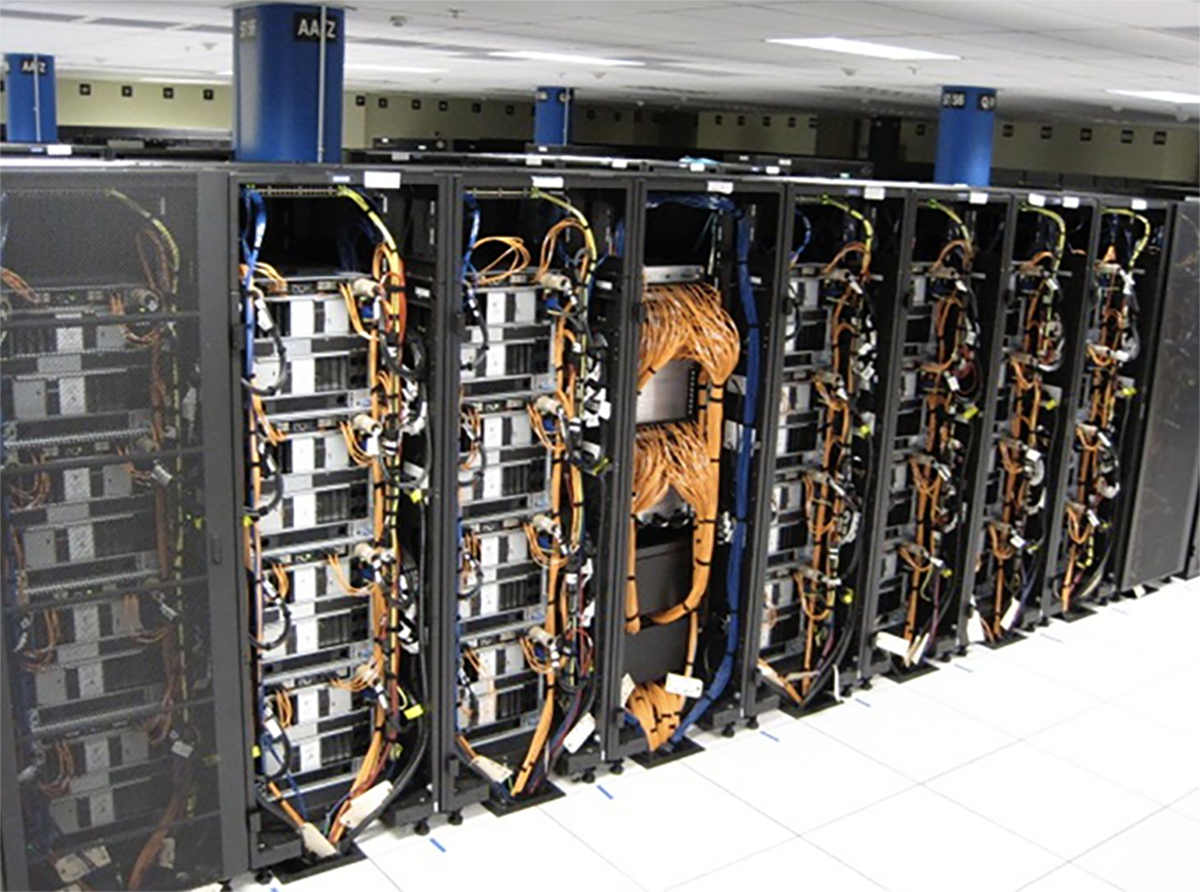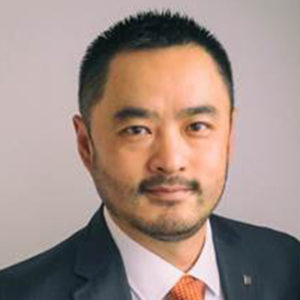
UW professors Ting Cao and Xiaosong Li bring computational science to the virtual classroom during COVID-19
August 25, 2020
When Governor Jay Inslee issued the Stay Home, Stay Healthy order to combat the spread of COVID-19 on March 23rd, University of Washington scientists and engineers faced a new challenge: how could they continue to experiment, innovate, and learn while most labs were closed?
For materials science & engineering (MSE) professor Ting Cao and chemistry professor Xiaosong Li, both Clean Energy Institute (CEI) member faculty, the shift to remote work and learning only represented a small change to business as usual. You would scarcely find Cao, Li, and members of their research groups wearing lab coats and glasses. Instead, they explore the frontiers of new materials and chemical properties within the realms of advanced computer simulations. This broad field of expertise is known as computational science, and it is inherently adaptable to virtual research and learning — perfect for an unprecedented, all-online spring quarter at UW. Within three weeks of the Stay Home, Stay Healthy directive, Cao and Li conceived of a way to share their expertise with lab researchers. This spring, they piloted and taught “Computational Chemistry/Materials,” a course specifically designed to equip graduate students and postdoctoral researchers from experimental backgrounds with computational tools.
“During normal academic activity, a course like this would take three to six months to create,” said Li, who was recently honored with the UW Distinguished Teaching Award. “But with UW’s existing high-performance computing resources, course architecture from the chemistry and MSE departments, an array of graduate student volunteers, and TA support from the Clean Energy Institute, we were able to offer the Computational Chemistry/Materials course to around 100 students in five departments on very short notice.”

With no prerequisite, class began with a crash course in computational methods. Then, students learned how to use a variety of software packages to explore specific properties of interest in new materials, including light-matter interactions that enable devices like solar cells.
“The unique feature of this course was the seamless integration of lectures with hands-on simulation sessions,” said Li. “Virtual learning was a perfect fit for this course based on its subject matter, but we were able to structure it similar to a traditional lab course in chemistry or materials science. Students moved right from lecture to small group sessions via Zoom.”
“The hands-on simulations were only possible because we have access to the UW Hyak supercomputer, thanks to support from Chemistry, MSE, and CEI,” added Cao. “A typical workstation or a small computing cluster of an individual research group simply lacks the computing power for chemistry and materials simulations.”

New knowledge for graduate student research
For Ebenezer Gopikrishnan, an MSE master’s student, the course has already impacted his research on energy storage systems. Gopikrishnan, who is a member of MSE and mechanical engineering professor Devin MacKenzie’s research group, is helping develop a new zinc-air battery at the Washington Clean Energy Testbeds. “I did not have any experience with computational science prior to this class, but I loved the course content and the wide range of techniques that were taught,” he said. “I was really interested in Molecular Dynamics and the Gaussian software package. I’ve applied my new knowledge to small systems under the guidance of my advisor, and I hope to have the chance to apply this to my major project.”
A new software package should allow chemistry doctoral student Sarah Parkhurst to build a better photovoltaic cell for next-generation organic solar panels. “While I took a computational chemistry class as an undergraduate and I use some computational techniques in the Jenekhe lab, I was excited to learn about VASP — the Vienna Ab initio Simulation Package,” said Parkhurst, who is a CEI Graduate Fellow. “VASP can produce models of the electronic properties of systems with many atoms or molecules, which is very applicable for solar cells. The practical aspect of this class should help me apply this new technique to my own work.”

Translating simulations into impact
At CEI, scientists that are designing new materials for applications like solar panels, often plan their next steps based on experimental data, collected after synthesizing and testing materials and devices. This traditional research pathway has been heavily affected by facility closures due to the COVID-19 pandemic, impeding progress towards publications, degrees, and prototypes. However, computational experts like Cao and Li can perform impactful research through models that use physical constants as inputs, instead of experimental data — thanks to Hyak and a thorough understanding of quantum theory.
High-performance computing at UW
Beneath the UW Tower, the Hyak supercomputer churns through simulations and big data sets for UW research with over 10,000 central processing units (CPUs). Operated by UW IT, Hyak is a shared resource open to all UW faculty, staff, postdocs, and students, and is used by over 60 UW research groups. For UW researchers, computing on Hyak can be very cost-effective for certain models, and for students, access is free through the Research Computing Club. Additionally, there are thirteen nodes on Hyak that are specifically reserved for clean energy projects, thanks to support from CEI. Hyak’s home, the UW Data Center, is a national leader in energy efficiency: it has achieved ENERGY STAR certification from the U.S. Environmental Protection Agency since 2013, the only university data center in the country with such a distinction. Contact UW IT for more information about using Hyak.
“Researchers in the natural sciences have used computers to assist their research since they were invented,” explained Cao. “But in recent years, supercomputers have become so powerful that we can simulate complex systems consisting of tens of thousands of atoms. Ultimately, both of our groups aim to optimize the designs of new materials for certain properties before even setting foot in a lab for synthesis.”
Among several applications, Cao and his group are tailoring the electronic properties of two-dimensional materials just an atom thick, while Li and his group are investigating the ways that light interacts with quantum dots that are thousands of times thinner than human hair.
“Our groups aim to accelerate material discoveries for efficient energy harvesting and enable completely new directions for future quantum technologies,” said Li.
“With knowledge from the Computational Chemistry/Materials course, students can now understand the logistics and results in computationally-oriented literature. Furthermore, they will be able to augment their own experimental efforts with supercomputer simulations, especially as access to on-campus research labs remains limited. Even in trying times for researchers, we’re excited about the advances that these students will make in clean energy and beyond.”
After the success of the pilot course this spring, the Computational Materials/Chemistry course will be integrated into elective coursework in both the MSE and chemistry departments. The class will be offered alongside senior undergraduate-level and graduate-level courses in data science and computational modeling for materials (MSE 477-479/542-544) and introductory computational chemistry (CHEM 465/565).




